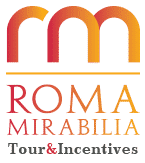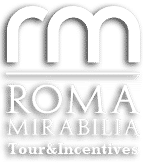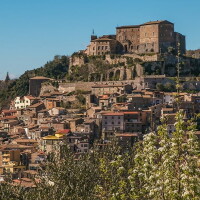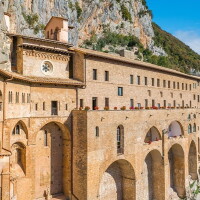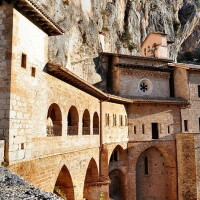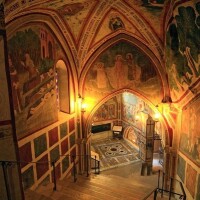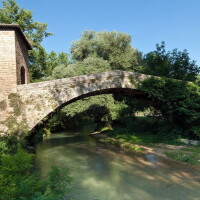The name Subiaco derives from the Latin word “Sublaqueum”, a term that in antiquity referred to the villa of Emperor Nero built here. Today, Subiaco is primarily a destination for many pilgrims who follow in the footsteps of St. Benedict, founder of the Benedictine order: at the end of the 5th century, the saint retreated here to a cave, now known as Sacro Speco, in the He lived the next three years as a hermit and where he wrote the main rules of the Benedictine order. The monastero S. Benedetto was built in the 11th century above this grotto, which can still be visited today. In its two chapels we come across one of the most beautiful examples of Italian frescoes in the late Middle Ages. Unique is the location of the monastery, which rises in the middle of a steep cliff above the densely wooded valley of the Anieneflusses. Near Monastero S. Benedetto is the Monastero di S. Scolastica, the only surviving monastery founded by Saint Benedict in this area. The buildings of the monastery extend along three beautiful cloisters from different eras. Of particular interest is the library, in which the German clerics Johann Gutenberg, C. Sweynheym and A. Pannartz founded the first Italian book printing company. Souvenirs of a very special kind are offered by the Benedictine monks in their small shop, where we can buy homemade liqueurs and various teas, creams and soaps that are traditionally made on a natural basis.
